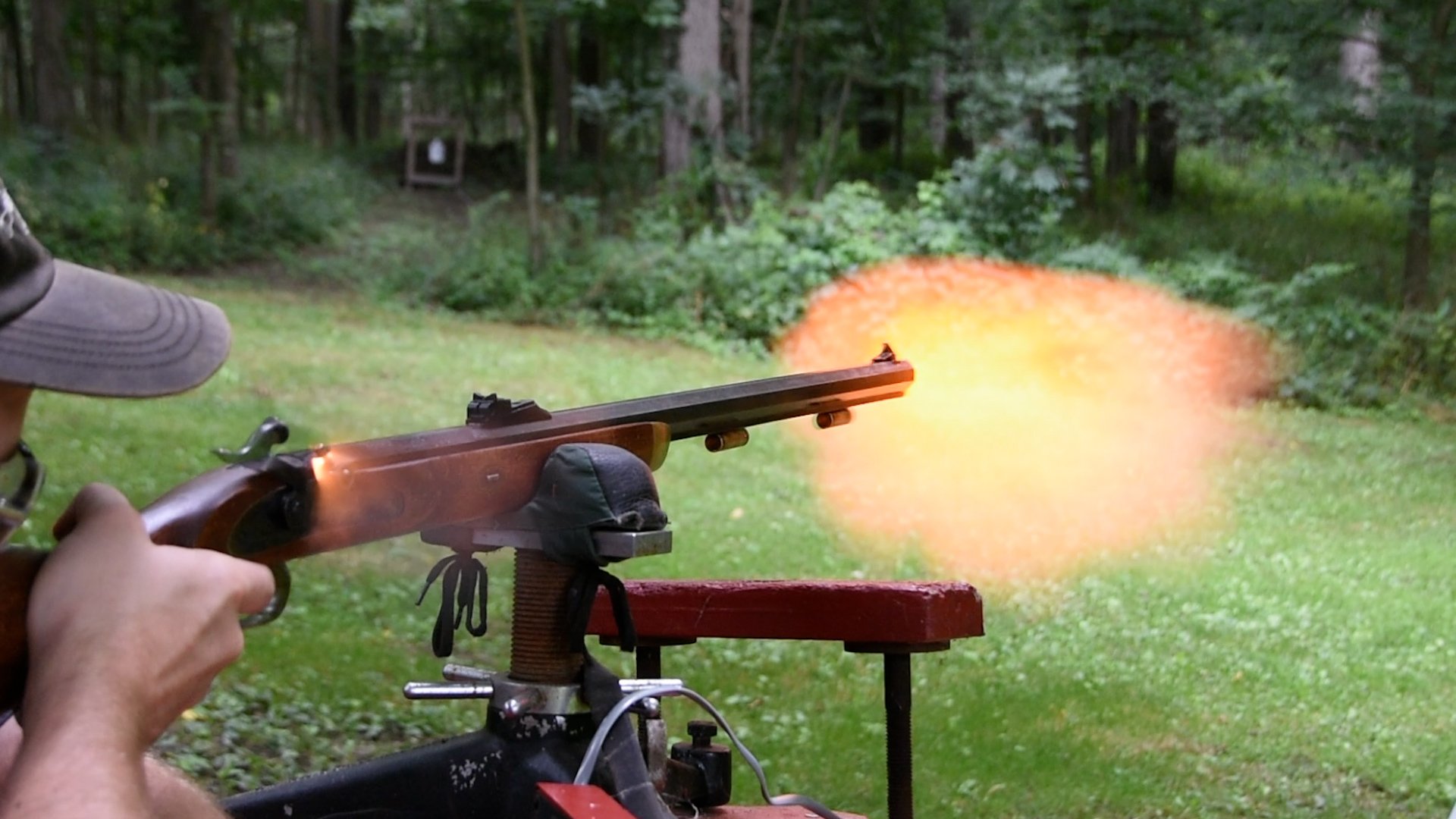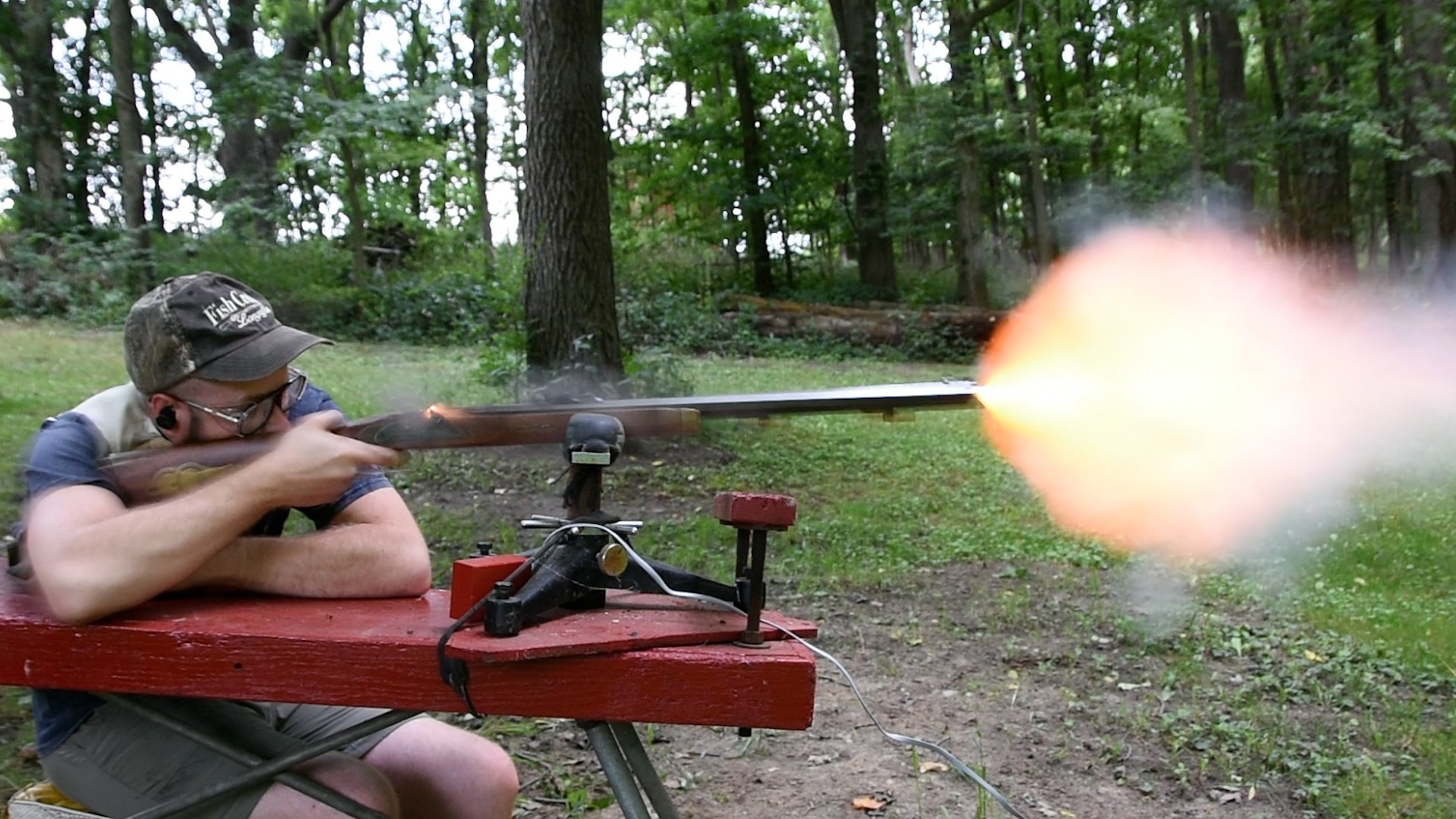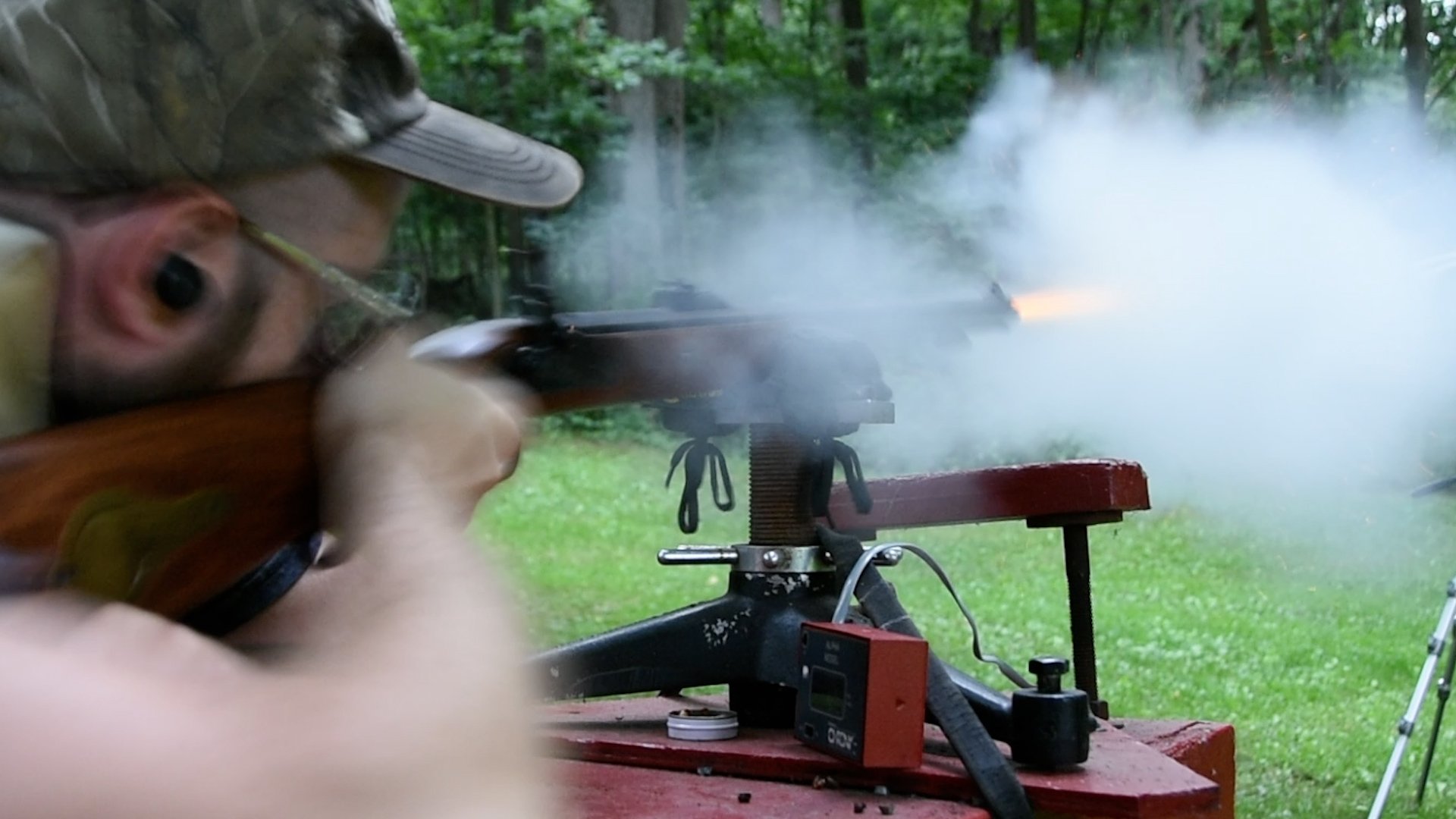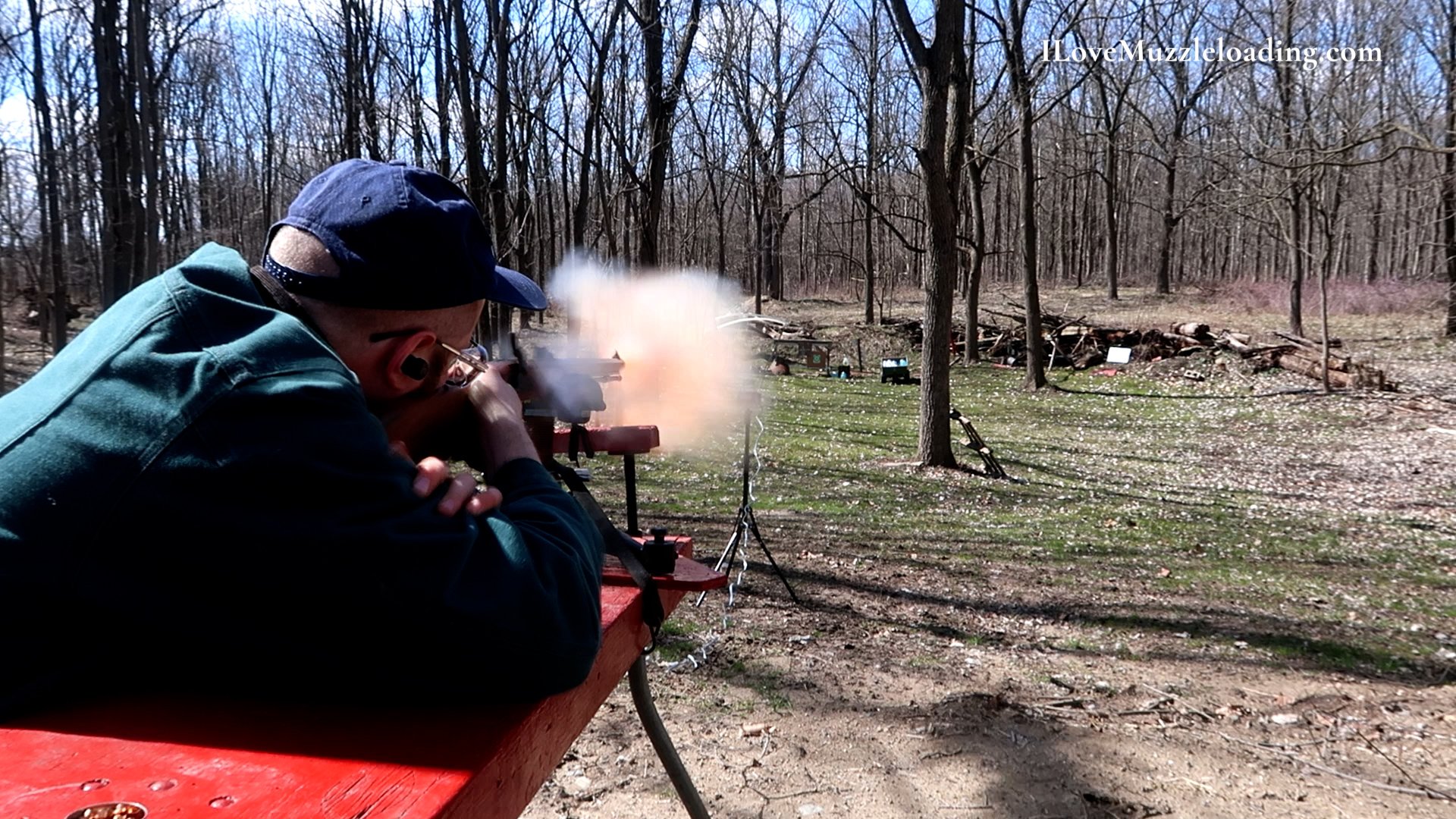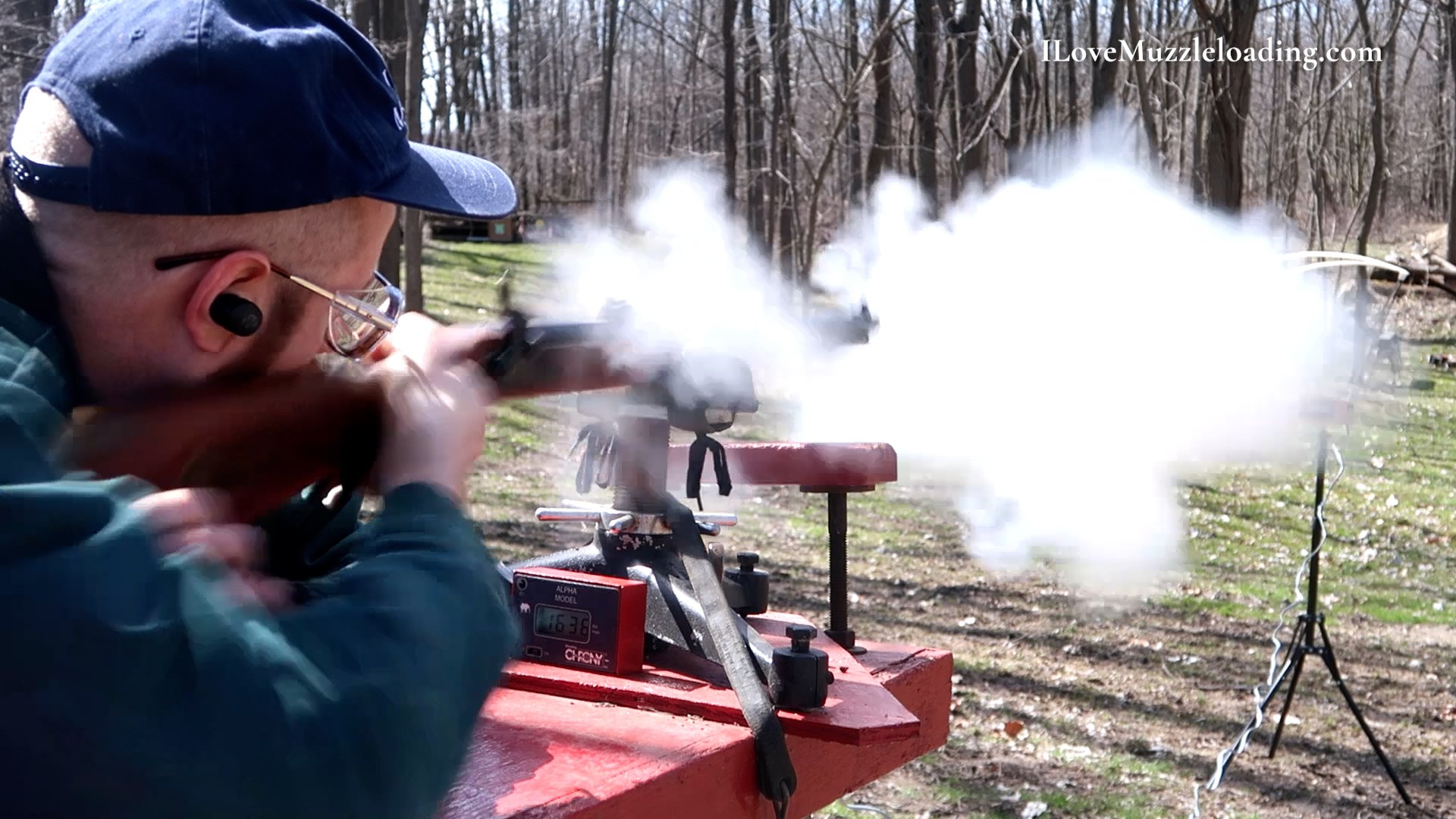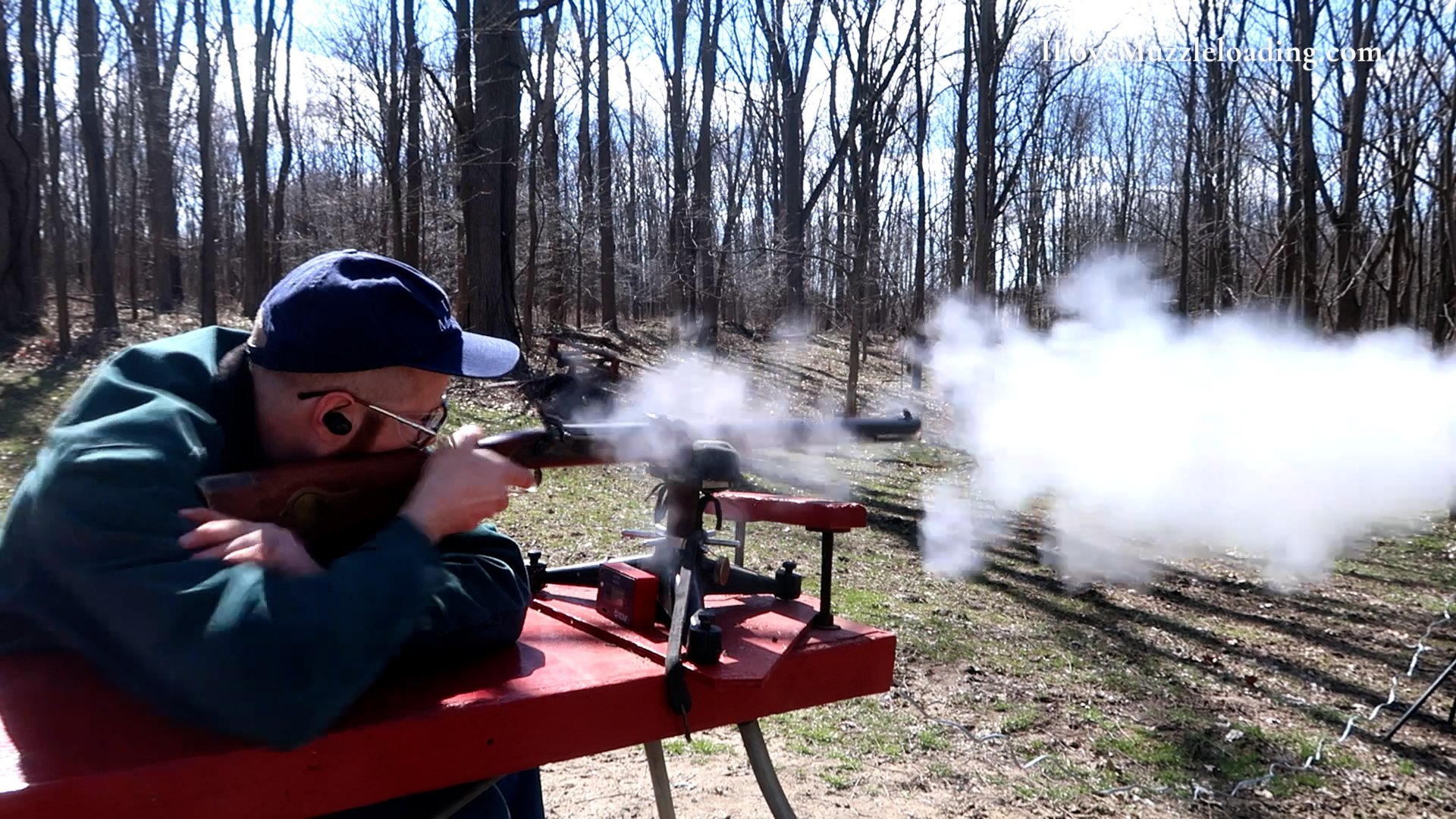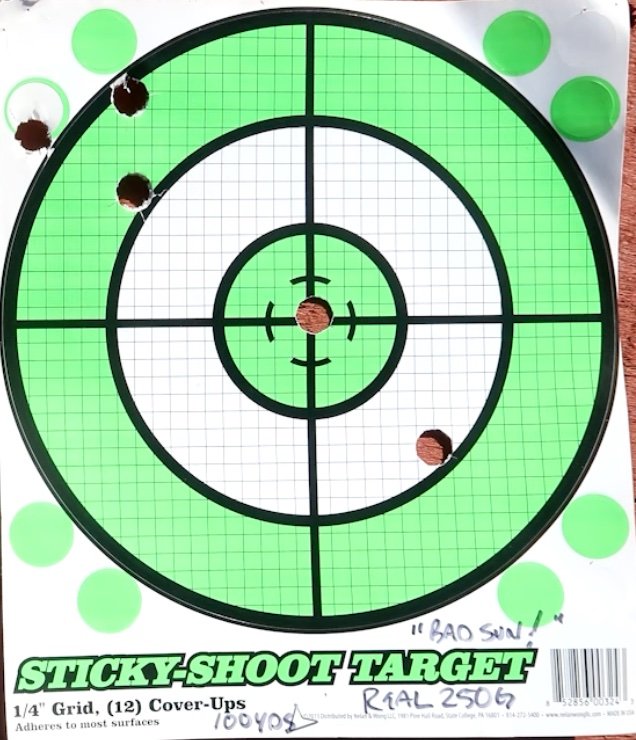How effective are Lee REAL 250 Grain Conicals? | Hawken Muzzleloader Accuracy & Ballistic Gel Test
hi I'm Ethan I love muzzleloading today we're going to ponder the very important question do you need to lube your muzzleloading bullets
Today we’re back at the Yazel Shooting Complex, a safe and remote location, for some traditional muzzleloader projectile/bullet testing. This test will be conducted at 50 yards with my Traditions St. Louis Hawken. The Traditions St. Louis Hawken has a 50 caliber 1:48 twist barrel and operates using a percussion lock and a no. 11 percussion cap. I’m using this rifle in this test because 50 caliber muzzleloaders are the most common muzzleloader on the market, and there are a wide variety of off-the-shelf, non-custom, projectiles available for them.
What is the Lee R.E.A.L Bullet?
R.E.A.L stands for “Rifling Engraved At Loading”
The Lee REAL Bullet is a 250 Grain lead conical. It is considered a “Traditional” projectile by many state hunting rules. They are all lead projectiles with no sabot, plastic, or jacket and similar designs date back to the mid to late 19th century.
According to Lee, the driving bands are large enough to adequately engage the rifling when pushed into the muzzle and thin enough to withstand maximum charges without stripping or gas cutting.
Test Parameters
For powder in this test, I’m shooting each shot with 80 grains of Swiss 3F black powder measured by volume. Volume is the standard means to measure traditional “real” black powder in the field. Many shooters will use 2F black powder in their 50 caliber muzzleloaders, but by using this 3F Swiss brand black powder, we should be able to get more speed out of this rifle. This load also gets us pretty close to the pressures and speeds of a typical muzzleloader hunting load.
To test the accuracy, we have the same target posted at 50 and 100 yards then after that we're going to test the penetration of each of these bullets with my new homemade ballistics gel.
The ballistic gel does not approximate the flesh of a deer or elk in a consistent 1:1 fashion but they do give us an idea of how these bullets will expand under pressure, and just how much each bullet can push through before being stopped. Projectiles were purchased from Flintlocks LLC, thanks Mike for helping me get these projectiles to test!
Lee R.E.A.L 50-yard accuracy test
Lee R.E.A.L 50 Yard Non-Lubed Test
First up we're going to do our 50-yard Target I'm going to do a five-shot group at 50 yards. For the first part of this test, we're going to be testing these Lee R.E.A.L 250-grain bullets with no lube at 50 yards and then with lube at the same distance to see if that lube makes much of a difference at all to the accuracy of the group.
At our un-lubed 50-yard target you can see we were able to keep everything in the white and even had a couple of shots here in the rather large X-Ring it's a little bit of a wider group than I anticipated or I would really want, but I think it's a good way and a good place for us to start. After all, these tests with the same grain of powder aren't going to necessarily be a super accurate load, but from this point now I can adjust my powder measure going up or down to make sure and try to tighten up that group and I encourage you to do the same thing at home.
Don't just watch me testing out these loads with these different kinds of bullets and take that hunting. You want to go to the range and make sure that you're dialing in your specific load.
Lee R.E.A.L 50 Yard Non-Lubed Results
50 Yards, 3.5” Group
FPS 1626, 1636, 1646, 1633, 1673
Lee R.E.A.L 50 Yard Lubed Test
Next we've got our 250-grain Lee REAL bullet with a little bit of Lube on here. Today I'm using some RMC Ox-Yoke Wonder Lube on this bullet.
For our five-shot group with the 250-grain Lee R.E.A.L bullet out of the Traditions St Louis Hawken, this is much more of what I was hoping to get out of this bullet. We went from quite a bit of spread on our Target even at 50 yards to having these right in here doing a good job for our Kill Zone if we're thinking about taking this bullet hunting.
My chronograph was on the fritz during this test, so I’ll have to get that data another time. Our 50-yard group size for this target was 1.5”.
Editor’s note: Further testing showed some interesting changes with this bullet out to 100 yards. Stay tuned for my thoughts and then some thoughts of a trusted friend on how we can improve this.
Lee R.E.A.L 100-yard accuracy test
Lee R.E.A.L 100-Yard Non-Lubed Test
Lee R.E.A.L 100-Yard Non-Lubed Results
100 Yds, 6.75” Group
FPS 1622, 1669, 1735, 1732, 1696
Lee R.E.A.L 100-Yard Lubed Results
100 Yds, 5.5” Group
FPS 1492, 1581, 1592, 1607, 1634, 1602, 1586
Conclusions
At first glance here we're getting some better performance with the lube but it's not as much change as I was expecting. Our group size when we went from 50 to 100 yards more than doubled and initially the 50-yard Target looks really good but I'm interested to see if this is actually repeatable just because of what we're seeing on the 100-yard target. There's a lot of change from 50 to 100 yards so it has me feeling a little bit skeptical about the performance here. My buddy Barry from the Volunteer Rifleman Channel suggests that I try 100 grains of 2f black powder to better stabilize the Lee R.E.A.L bullet based on his experience helping some other muzzleloading marksman try to figure out the R.E.A.L bullet. He found that it needed a much larger charge to fully engage the rifling and stabilize the projectile. So maybe we'll have to do another video testing out that load.
I hope you've enjoyed this maybe more comprehensive look at one of these bullets that we've got here again thanks to Flintlocks LLC for getting these over to me really appreciate that it's been one that has been requested a lot these Lee real bullets so I'm happy that we have some on the range now to play with and have fun.
We've got other bullet tests and other projectile tests to do as well because there's so much variation in muzzleloading. It's not the kind of thing where you can go out and buy a box of ammo and be good to go, there's some testing that’s needed and some of that involvement in this that makes it a lot of fun to be a part of. I encourage you, if you enjoy this kind of thing, to get out there and try it with your own muzzleloaders.
As always, if there's something about this that you'd like to see improved on or you have some thoughts on it please don't hesitate to reach out and tell me. We should have a discussion about this kind of test, the projectiles, and how I go about it.
I'd love to hear your opinions and improve on this if I can because if this isn't informative then it's not valuable then there's no point in me coming out and doing this except for my own enjoyment and having fun but I want this to be as informative as I can for the folks of you that are out there enjoying your muzzleloaders.
